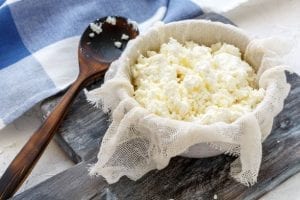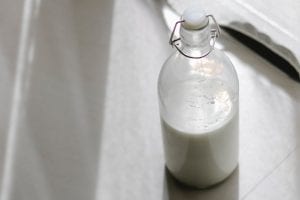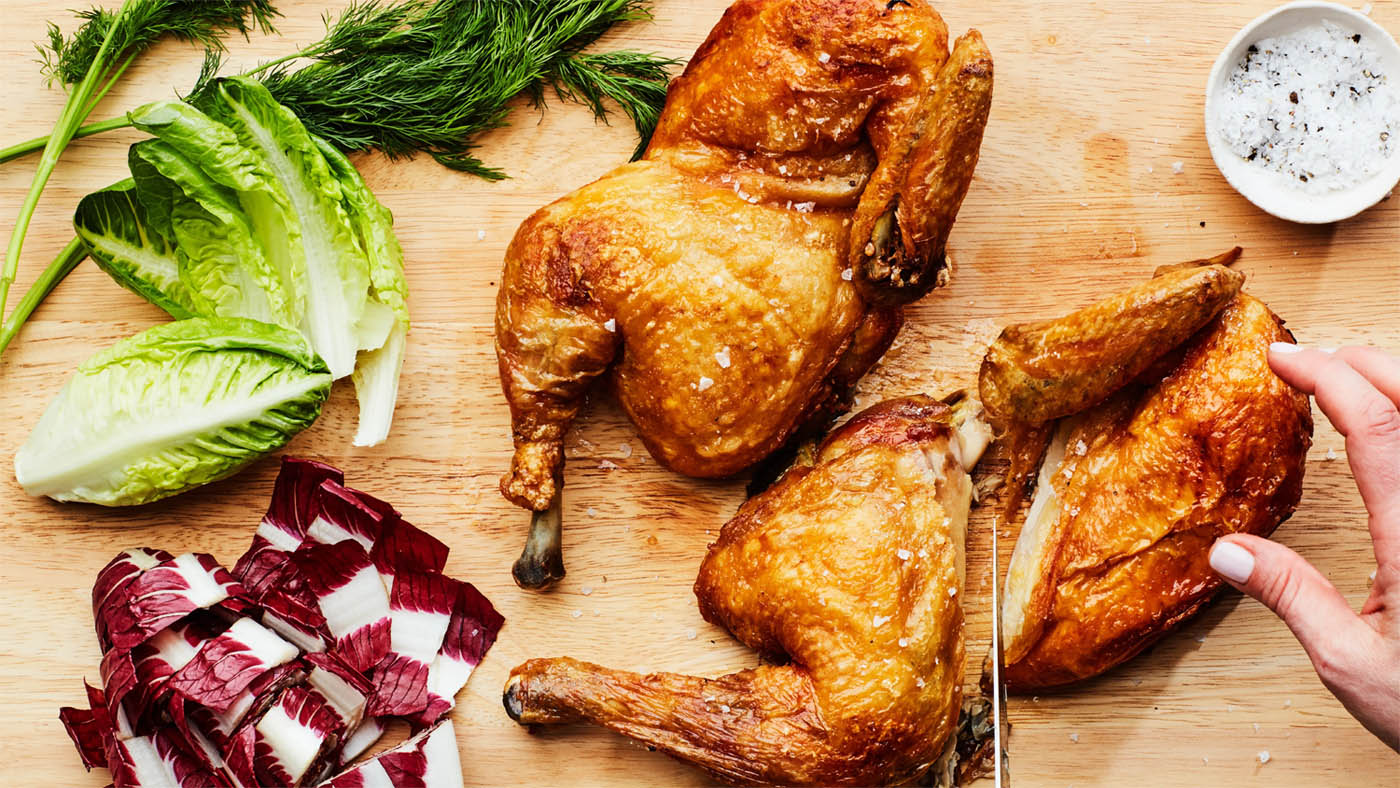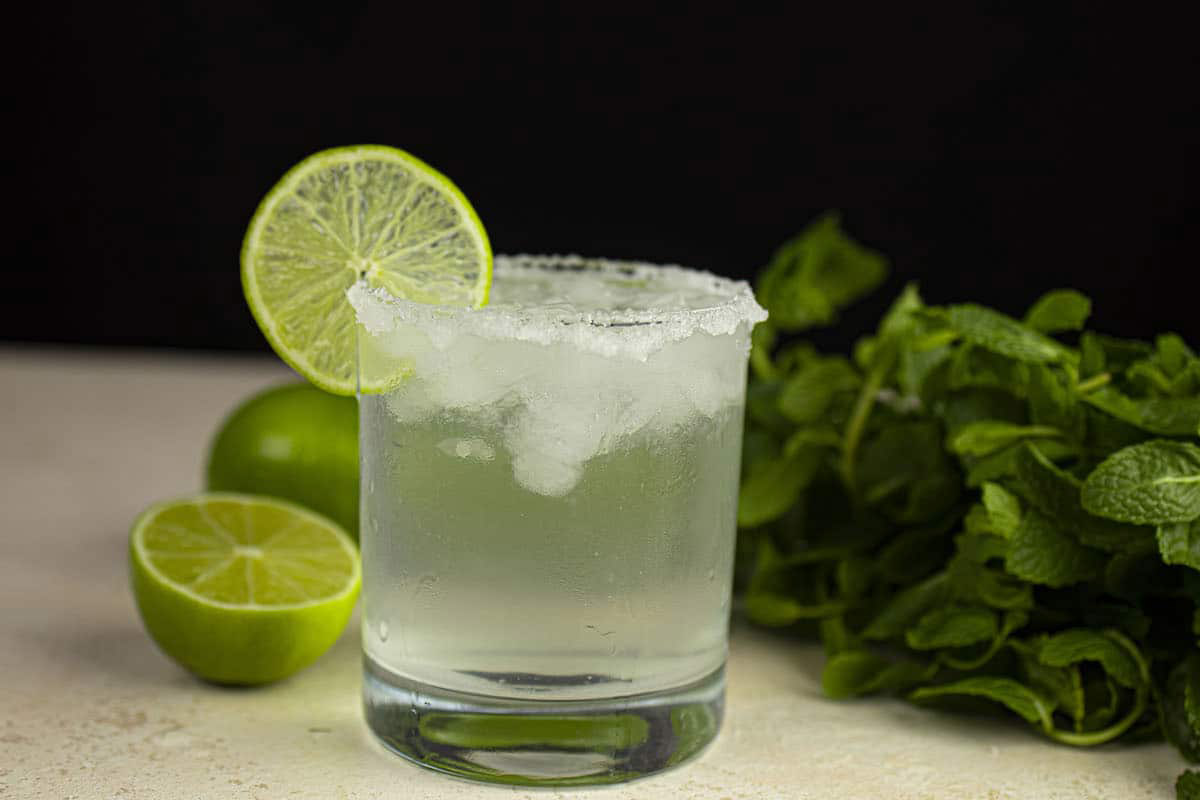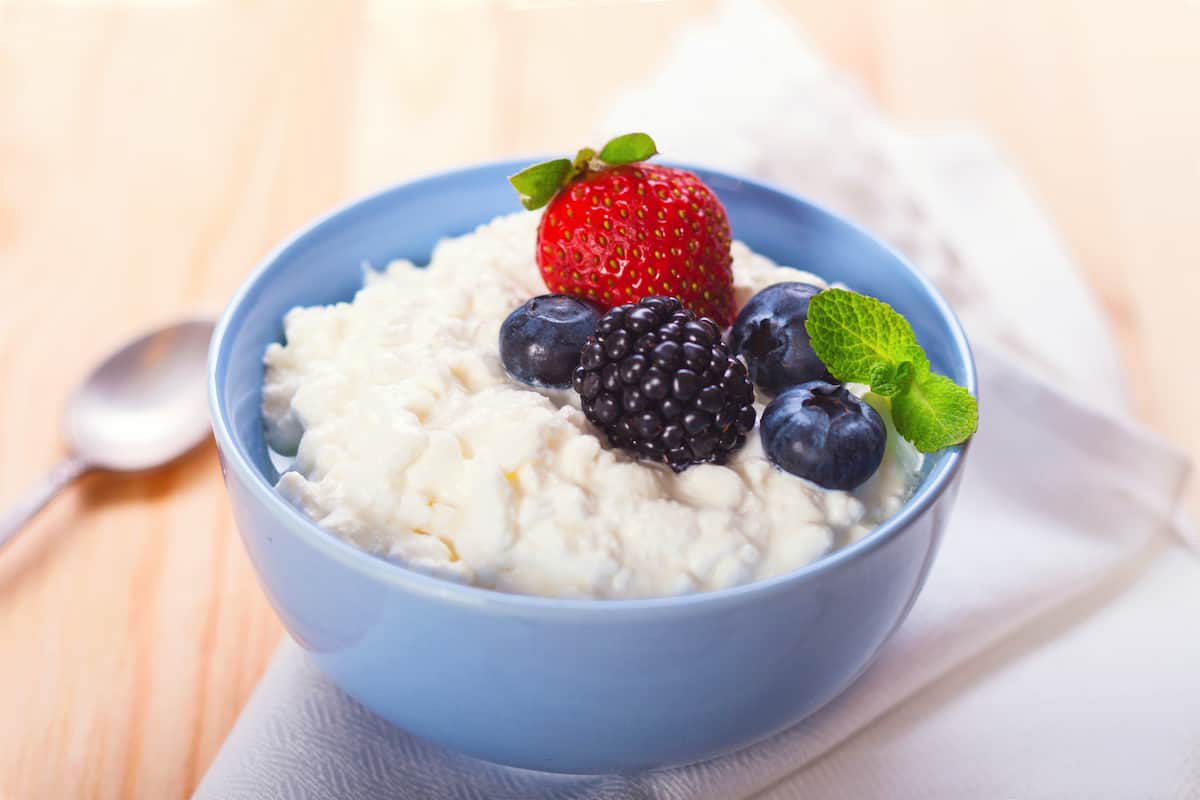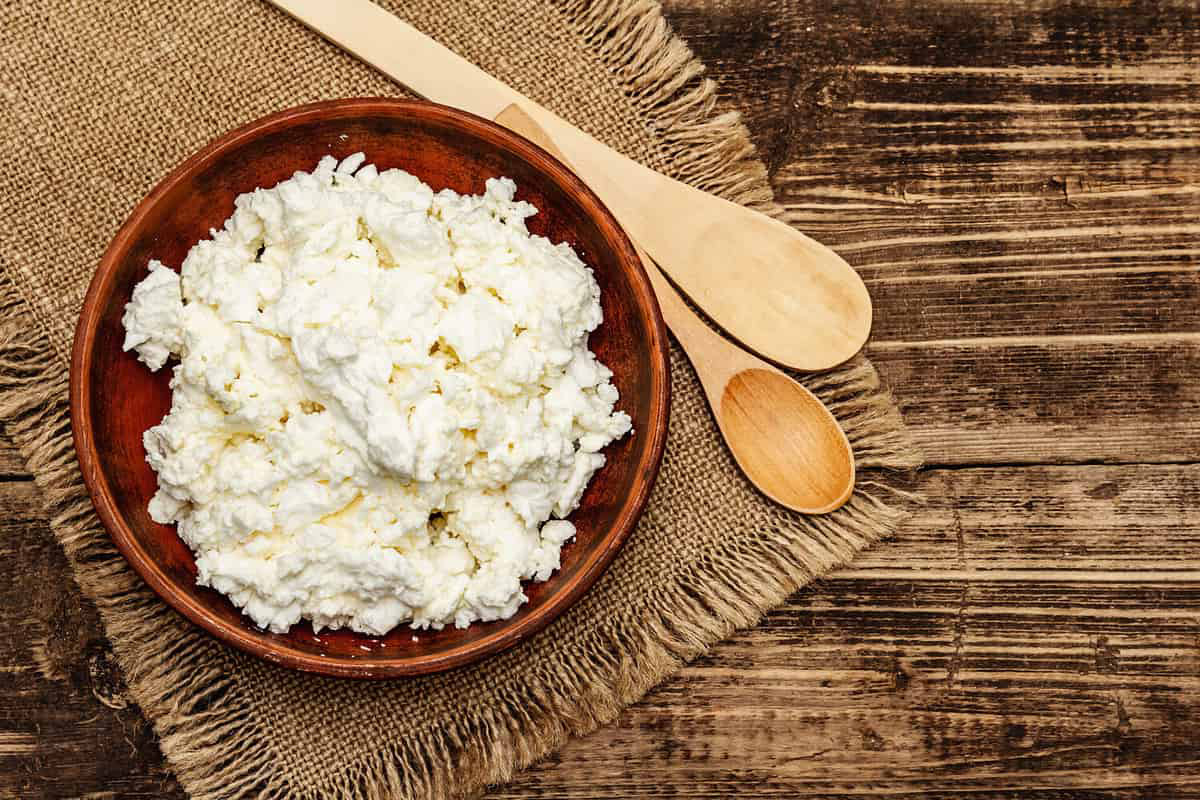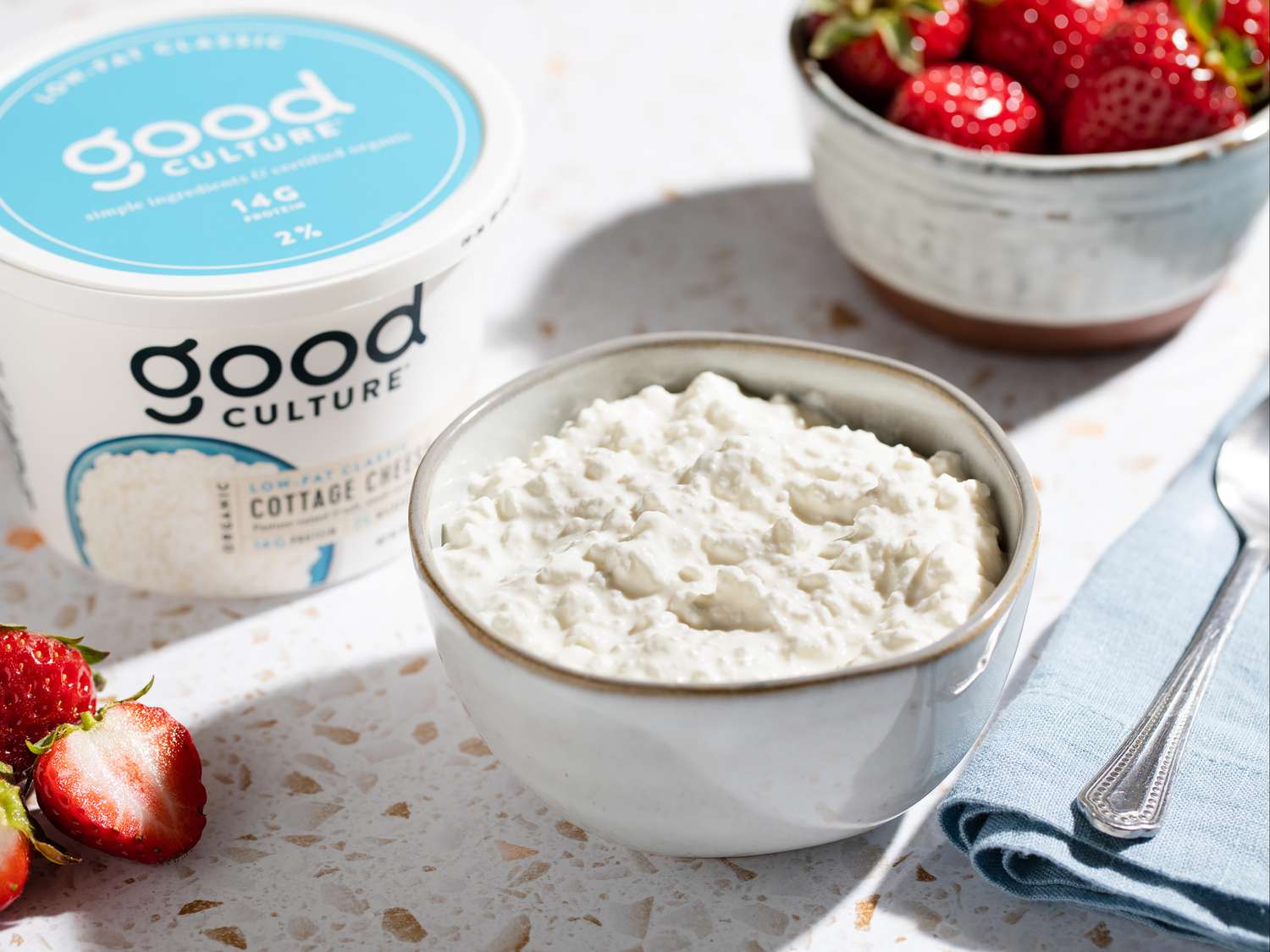
Tanghulu, a traditional Chinese candied fruit snack, is as delightful to eat as it is simple to make. The key to perfect tanghulu lies in the precise ratio of sugar to water, ensuring that the syrup reaches the ideal consistency for a hard, shiny glaze. Whether you’re a seasoned chef or a curious novice, this guide will equip you with the knowledge to create flawless Tanghulu every time.
Understanding the Basics of Tanghulu Syrup
At its core, the syrup for tanghulu is made from just two ingredients: sugar and water. The magic happens when these elements are combined and cooked to just the right temperature. The goal is to create a syrup that hardens quickly when cooled, forming a crisp, glass-like shell around the fruit.
Optimal Sugar to Water Ratio
The classic ratio for tanghulu syrup is a 2:1 sugar to water ratio. This means for every part of water, two parts of sugar are used. Here’s how you can apply this:
- 2 cups of sugar
- 1 cup of water
This ratio is the starting point for making the traditional syrup. However, adjustments might be necessary based on humidity and altitude which can affect how the syrup sets.
The Cooking Process
- Combine Ingredients: Place the sugar and water in a heavy-bottomed saucepan.
- Dissolve the Sugar: Heat the mixture on low, stirring continuously until the sugar completely dissolves. This prevents the sugar from crystallizing.
- Boil the Syrup: Increase the heat to medium-high and bring the syrup to a boil. Do not stir after this point as it can cause the syrup to crystallize.
- Monitor the Temperature: Using a candy thermometer, monitor the syrup’s temperature. For tanghulu, it needs to reach the ‘hard crack’ stage, which is 300°F (150°C). This is crucial as it determines the crunchiness of the coating.
- Cooling: Once the right temperature is reached, remove the pan from the heat immediately to prevent the syrup from getting darker or burning.
Creative Tips and Tricks
Creating tanghulu isn’t just about sticking to traditions; it’s also about adding personal touches and creativity. Here are some tips to enhance your Tanghulu-making experience:
- Flavoring the Syrup: Introduce flavors like vanilla extract, rose water, or cinnamon for a unique twist. Add these just before the syrup reaches the hard crack stage.
- Choosing the Right Fruit: While strawberries are popular, you can use other fruits like kiwi slices, grapes, or orange segments. Make sure fruits are dry and firm.
- Decorative Elements: After dipping the fruits in syrup, sprinkle them with sesame seeds, crushed nuts, or even edible glitter for an extra visual appeal.
Troubleshooting Common Issues
Sometimes, making tanghulu doesn’t go as planned. Here are solutions to common issues:
- Syrup Crystallizes: This usually happens if the syrup is stirred after it begins to boil or if undissolved sugar crystals remain on the side of the pan. Ensure all sugar is dissolved before boiling and use a clean brush dipped in water to wash down any crystals during cooking.
- Syrup Is Too Thick: This might occur if the syrup is overcooked. Watch the thermometer closely and remove the syrup from heat as soon as it hits 300°F.
- Coating Is Too Thin: If the syrup coating is too watery and thin, it might be that the sugar did not reach the hard crack stage. Ensure the correct temperature is achieved.
Serving and Storage
Serve tanghulu immediately after making for the best texture. If you need to store them, keep in an airtight container in a cool, dry place. Avoid refrigeration as moisture can soften the hard sugar shell.
Final Thoughts
Mastering tanghulu is more about technique and timing than anything else. With the right sugar to water ratio and a bit of practice, you’ll be able to produce beautiful, crunchy candied fruit every time. This simple yet elegant treat not only pleases the palate but also adds a festive touch to any gathering.
Whether you’re preparing a batch for a special occasion or just as a delightful snack, perfecting your tanghulu recipe brings a piece of culinary heritage into your kitchen, allowing you to enjoy and share a timeless treat that has captivated taste buds for generations.
Was this page helpful?
Read Next: How Long Does Tanghulu Last?

